-
 9 min. read
9 min. read
-
 Maria Carpena
Maria Carpena Emerging Trends & Research Writer
Emerging Trends & Research Writer
- Maria is an experienced marketing professional in both B2C and B2B spaces. She’s earned certifications in inbound marketing, content marketing, Google Analytics, and PR. Her favorite topics include digital marketing, social media, and AI. When she’s not immersed in digital marketing and writing, she’s running, swimming, biking, or playing with her dogs.
Definition: Consumer marketing is promoting a product or service to individuals for their personal use.
Have you ever seen an ad or received an email from a brand promoting a consumer product or service? If so, you’ve experienced consumer marketing!
With consumer marketing, you can reach more customers and encourage them to buy. Not sure where to start? You’re in the right place!
This blog post will cover:
- What is consumer marketing?
- What’s the difference between consumer marketing (B2C) and business-to-business (B2B) marketing?
- 4 consumer marketing strategies to try
While you’re here, sign up for our free newsletter, Revenue Weekly, and be one of the 200,000 marketers who get industry-leading marketing advice delivered straight to their inboxes.
What is consumer marketing?
Consumer marketing is promoting a product or service to individual consumers for their personal use. It’s focused on enticing new customers to try a business’s products or services and keeping existing customers happy and loyal to a brand.
Consumer marketing vs. B2B marketing
Consumer marketing, also known as business-to-consumer (B2C) marketing, involves promoting products to individual consumers. B2B marketing, on the other hand, promotes products and services to businesses.
To elaborate on consumer marketing vs. B2B marketing, let’s look at each one:
Consumer or B2C marketing
B2C marketing speaks directly to consumers who will use the products and make the purchase decisions:
- Audience: B2C marketing’s audience is individual consumers who will use the products.
- Messages: Consumer marketing uses straightforward language and emotional messages that customers can relate to, thus encouraging them to purchase.
- Customer relationship: B2C marketing focuses on creating a seamless customer experience in every transaction to foster customer loyalty.
- Buying cycle: The B2C buying cycle is usually short since consumers make their own purchase decisions and don’t have to wait for approval to buy.
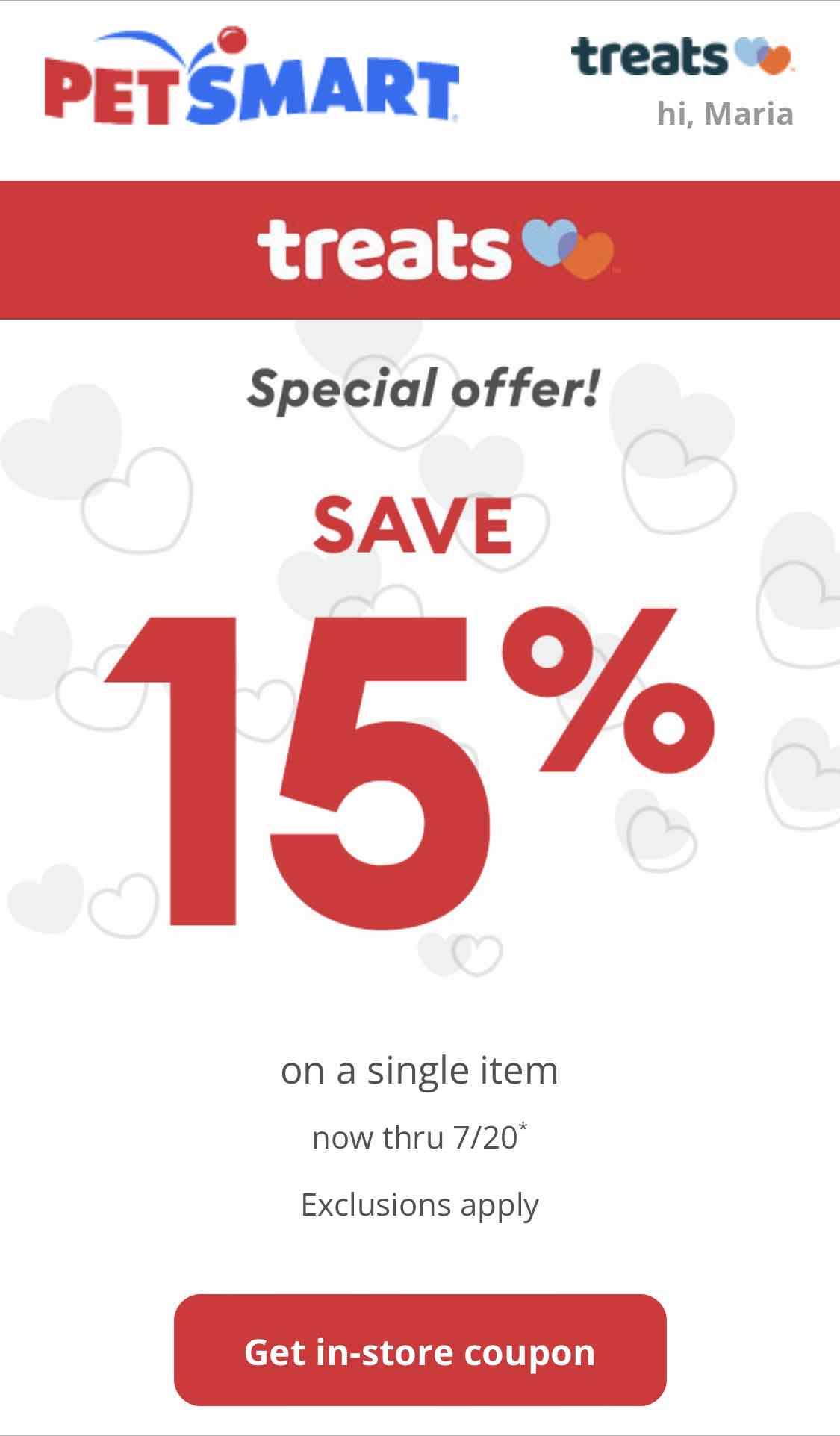
Here’s a consumer marketing example from PetSmart. Subscribers received a coupon in their inbox. PetSmart is using a straightforward language (15% savings) and communicating with an individual customer, who will make the purchase decision.
B2B marketing
B2B marketing speaks to a group of people within an organization that will purchase products or services for business use:
- Audience: B2B marketing’s audience is a group of people within an organization. This group comprises the users of the product and the decision makers who will approve the budget for the purchase.
- Messages: B2B marketing showcases a business’s expertise, educates their audience, and provides detailed, data-backed information. B2B marketing entices businesses to purchase by communicating how products or services are the best options for solving a company’s pain points.
- Customer relationship: B2B marketing focuses on showing value and building personal relationships with businesses to build long-term customer loyalty. Personal relationships can help a B2B business stand out from competitors and generate glowing testimonials from customers.
- Buying cycle: B2B marketing usually has a longer buying cycle than B2C because more people are involved in the purchase decision.
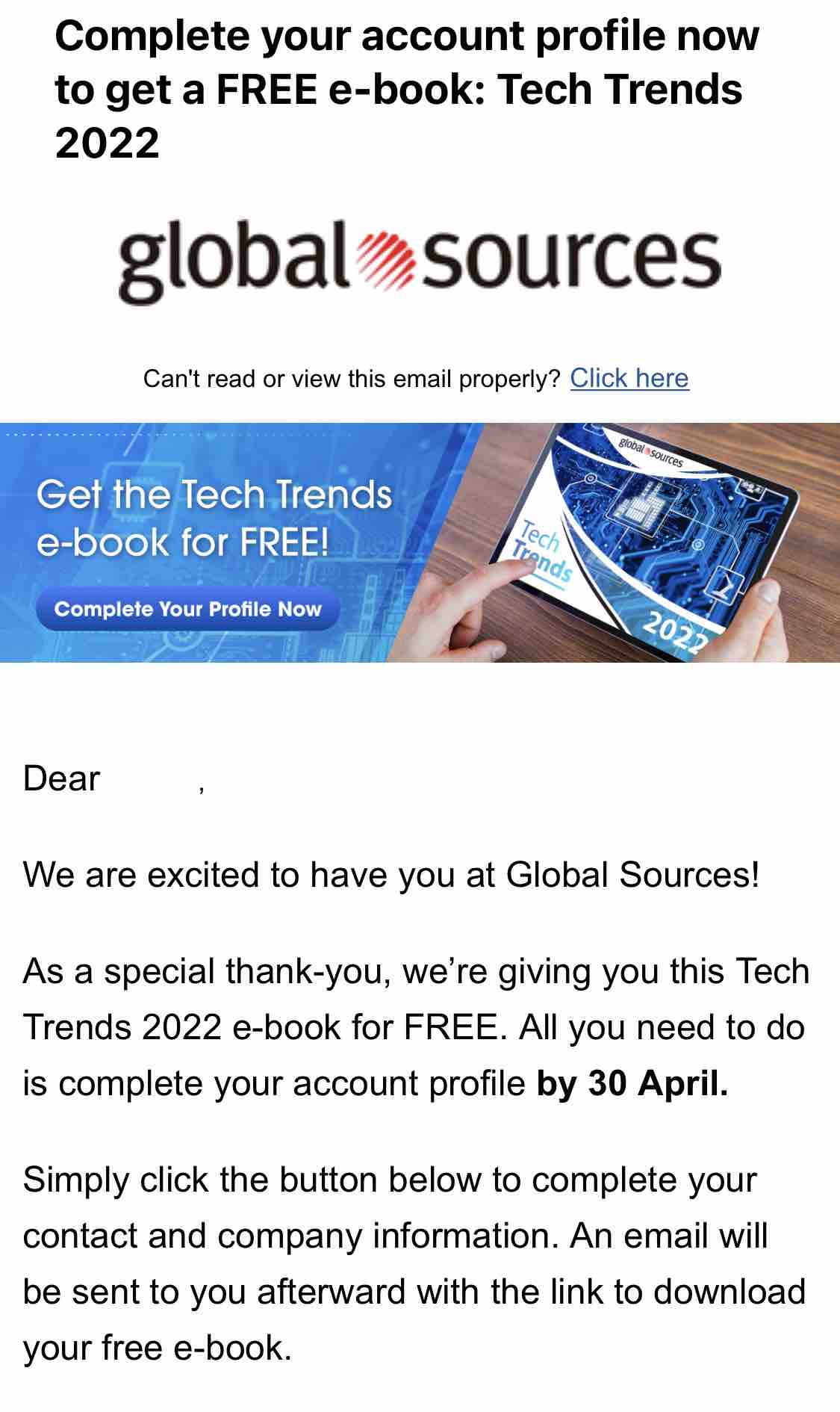
Here’s a B2B marketing example from Global Sources. The company is sharing an ebook with a new user to educate them about the latest industry trends and to showcase its expertise in the field.
4 consumer marketing strategies
Looking for some consumer marketing inspiration? Here are four effective strategies you can try, along with consumer marketing examples:
- Collect and analyze customer data
- Segment your audience
- Employ personalization
- Create a social media strategy
Let’s look at each one:
1. Collect and analyze customer data
Gathering customer data is an important consumer marketing strategy since it allows you to get to know customers better and deliver personalized messages that drive conversions.
To start collecting and analyzing customer data:
Learn more about your customers by conducting market research
Understanding your customers’ needs is an important step in consumer marketing, and market research is one of the ways you can do that. Market research can help you gather your customers’ demographic information and understand their values, purchase behaviors, and attitudes toward brands.
As a result, market research helps you develop products and services that your customers need. This strategy also sheds light on your customers’ pain points, so you can tailor your marketing messages to drive purchases.
For example, let’s say you own a pet supply store that offers various pet food options for dogs and cats. You conduct a survey to learn more about your customers’ needs.
The results show that your customers want pet toys and accessories, and that they’d like an option to have their orders delivered. It may make sense for you to adapt your offerings to better meet customers’ needs.
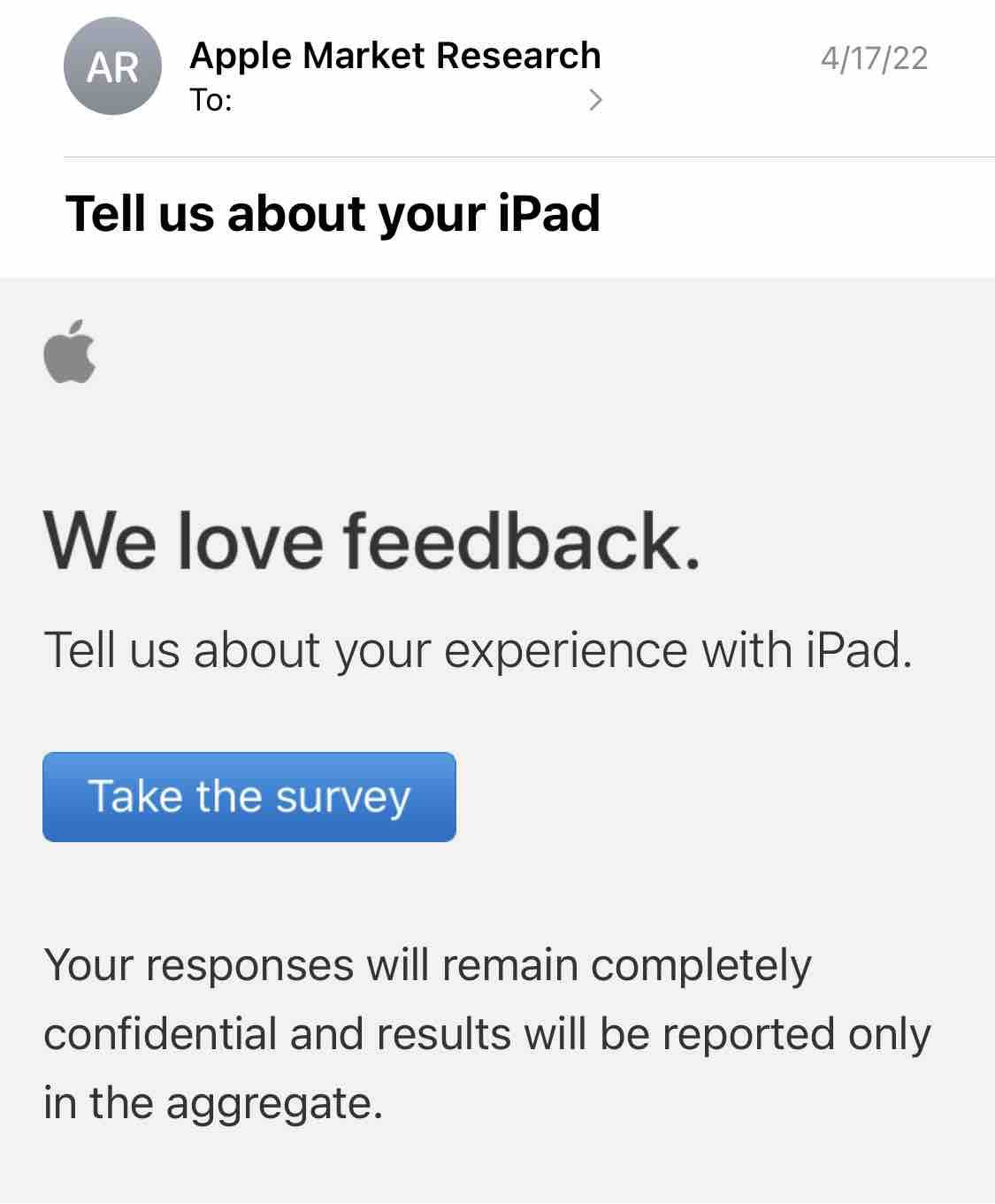
Gather and manage customer data using a marketing technology (martech) stack
Customer data platforms (CDPs) and customer relationship management (CRM) software are just some of the martech tools you can use to gather and manage data about your customers.
A CDP can provide you with a customer database that stores and unifies real-time customer data. It can create individual profiles for each user, detailing what users purchased, which marketing channels they interacted with, which pages they visited on your website, and more.
A CRM, on the other hand, stores your customers’ and prospects’ valuable information like name and contact information. By doing so, a CRM lets your sales and marketing teams stay connected with them. You can send personalized messages to your customers or nurture your prospects to convince them to convert.
These martech tools, like RevenueCloudFX, can help you manage and store first-party data you collect about your customers. Doing so can help you analyze valuable information, like identifying which pages and marketing channels helped convert site visitors into customers.
2. Segment your audience
Segmenting your audience comes with a host of benefits. It allows you to:
- Communicate more effectively with customers and prospects
- Identify the best channels to use when reaching out to your customers
- Effectively nurture customers who are in the different stages of the buyer funnel
- Identify the persona segments you should focus your time, budget, and resources on
Once you’ve added your first-party data into a CRM, you can create segments based on data points that are most valuable for your business.
For consumer marketing, consider grouping contacts according to:
- How engaged they are with your product or business
- Which product feature(s) they use
- Which marketing channel(s) they engage with
- Customer location, if your business has multiple stores or hubs
Are there segments who are highly satisfied with your products and services that they’d refer your business to their family and friends? Another consumer marketing tactic you can consider is creating a loyalty program for these segments to keep them engaged with your business.

Let’s look at one of the consumer marketing examples from Ironman. Its newsletter subscribers are segmented according to their interest in races and what they opted to receive. Members who expressed interest in races in North America get updates about races in the region.
3. Employ personalization
Personalized marketing enhances the customer experience. Consumers appreciate it when brands take an extra effort to view them as humans, try to understand their needs, and tailor marketing messages and unique customer journeys for them.
That’s why 77% of people choose, recommend, or even pay for brands that provide personalized marketing experiences. This is a consumer marketing strategy that you can use to stand out from the competition.
In our earlier example of the pet supplies shop, you can reach out to your customers and newsletter subscribers with customized emails based on their pet ownership journey. Tools like EmailMarketingFX can help you personalize emails, addressing each one by their first name and sending out newsletters specifically for different segments.
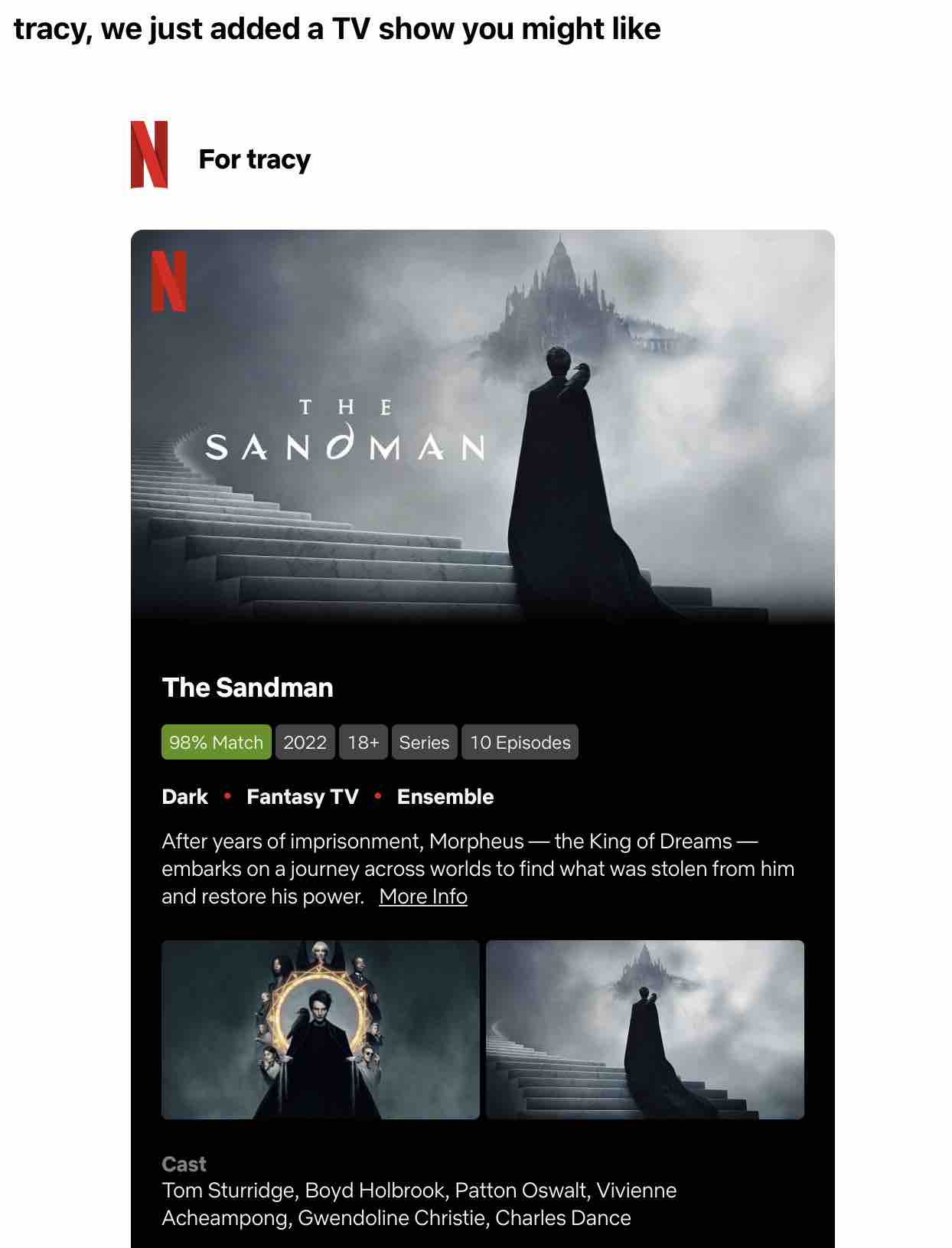
In this consumer marketing example, Netflix sends out a suggested show to a user based on their viewing behavior and favorites list.
4. Create a social media strategy
Did you know that there are over 5 billion active social media users? So if you want your consumer marketing strategy to reach your target customer, you’ll probably see them on social media.
Nurture your relationships with your audience through an organic social media strategy. An excellent way for B2C companies to engage with them is to share user-generated content of customers using your product. You can also add customer testimonials to your content calendar.
You can also target new users by employing a paid social media advertising strategy. You can nudge them to engage with your post, leave a message, or sign up as a lead.
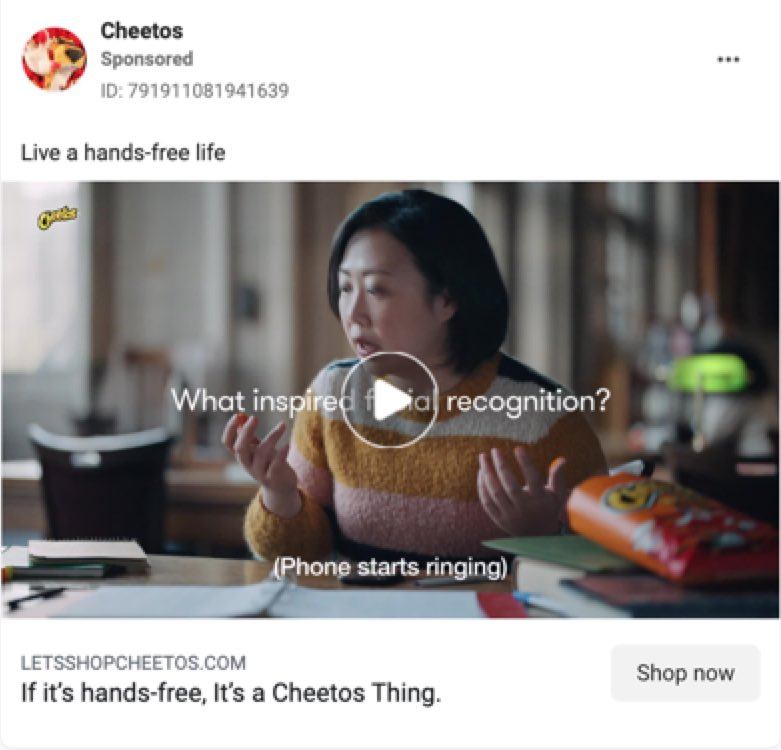
Here’s a paid social media ad by Cheetos. The snack’s Hands-Free campaign uses social media ads to communicate its messages to a target audience. A call-to-action (CTA) button of “Shop Now” invites the target audience to purchase.
Execute your consumer marketing strategy with WebFX
If you want to get started with consumer marketing but need some help, look no further than WebFX. Our team has generated over $10 billion in revenue for our clients. We are pumped to help you achieve results for your business, too.
Contact us online or call us at 888-601-5359 to speak with a strategist about our B2C marketing services!
-
 Maria is an experienced marketing professional in both B2C and B2B spaces. She’s earned certifications in inbound marketing, content marketing, Google Analytics, and PR. Her favorite topics include digital marketing, social media, and AI. When she’s not immersed in digital marketing and writing, she’s running, swimming, biking, or playing with her dogs.
Maria is an experienced marketing professional in both B2C and B2B spaces. She’s earned certifications in inbound marketing, content marketing, Google Analytics, and PR. Her favorite topics include digital marketing, social media, and AI. When she’s not immersed in digital marketing and writing, she’s running, swimming, biking, or playing with her dogs. -

WebFX is a full-service marketing agency with 1,100+ client reviews and a 4.9-star rating on Clutch! Find out how our expert team and revenue-accelerating tech can drive results for you! Learn more
Try our free Marketing Calculator
Craft a tailored online marketing strategy! Utilize our free Internet marketing calculator for a custom plan based on your location, reach, timeframe, and budget.
Plan Your Marketing Budget

Proven Marketing Strategies

Proven Marketing Strategies
Try our free Marketing Calculator
Craft a tailored online marketing strategy! Utilize our free Internet marketing calculator for a custom plan based on your location, reach, timeframe, and budget.
Plan Your Marketing Budget
What to read next





